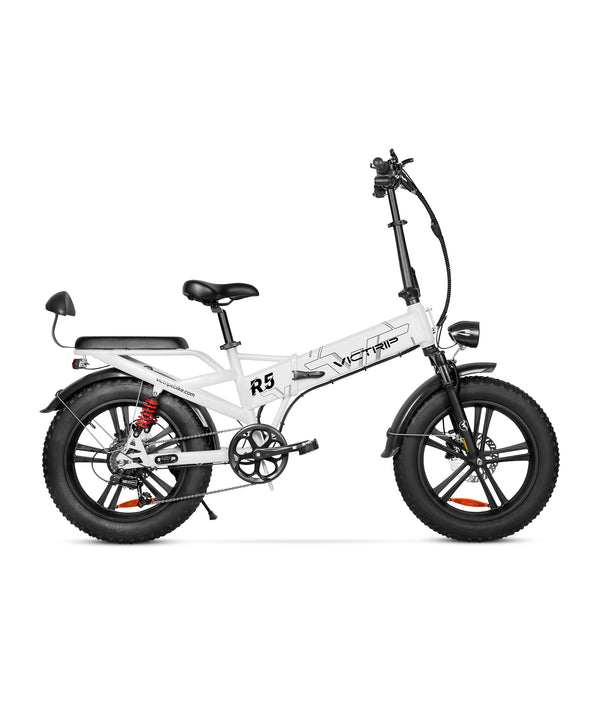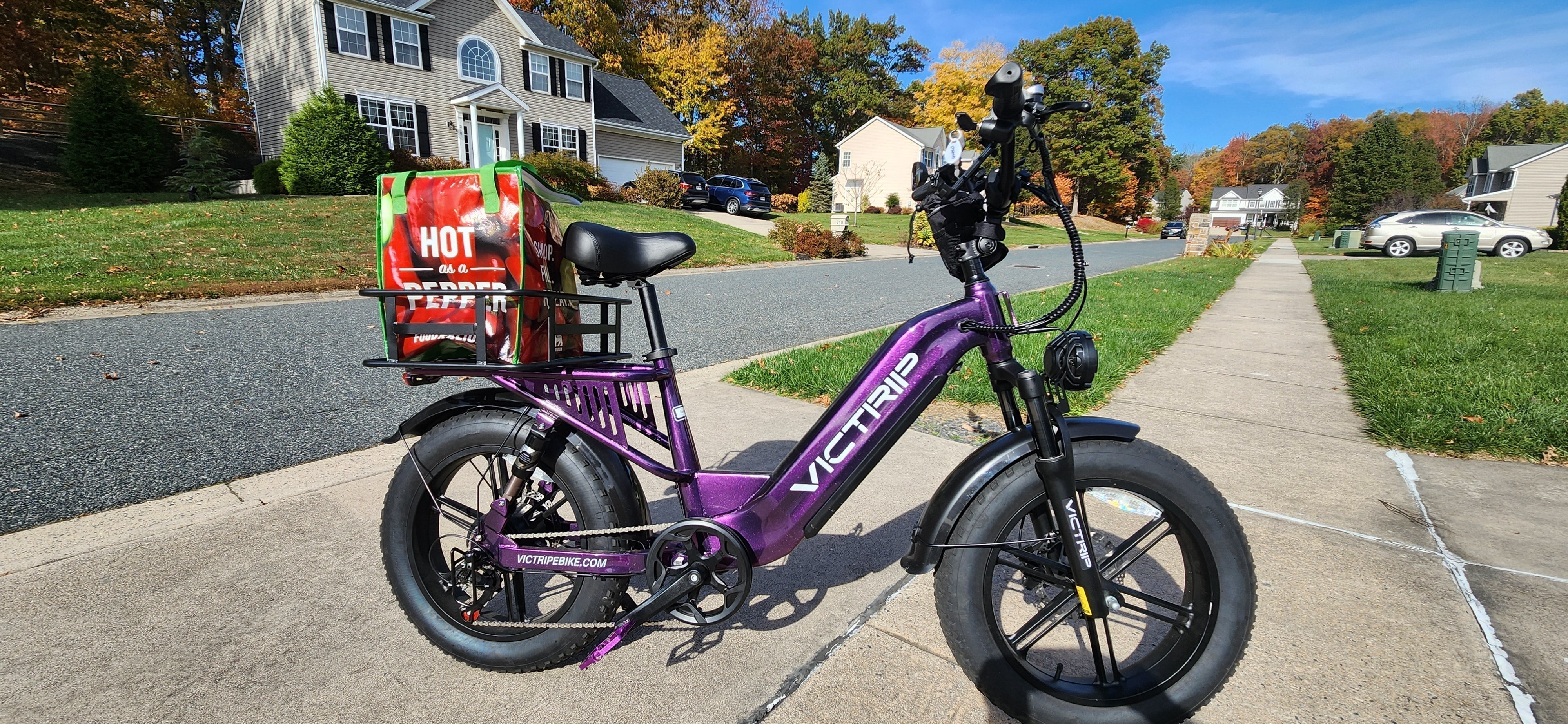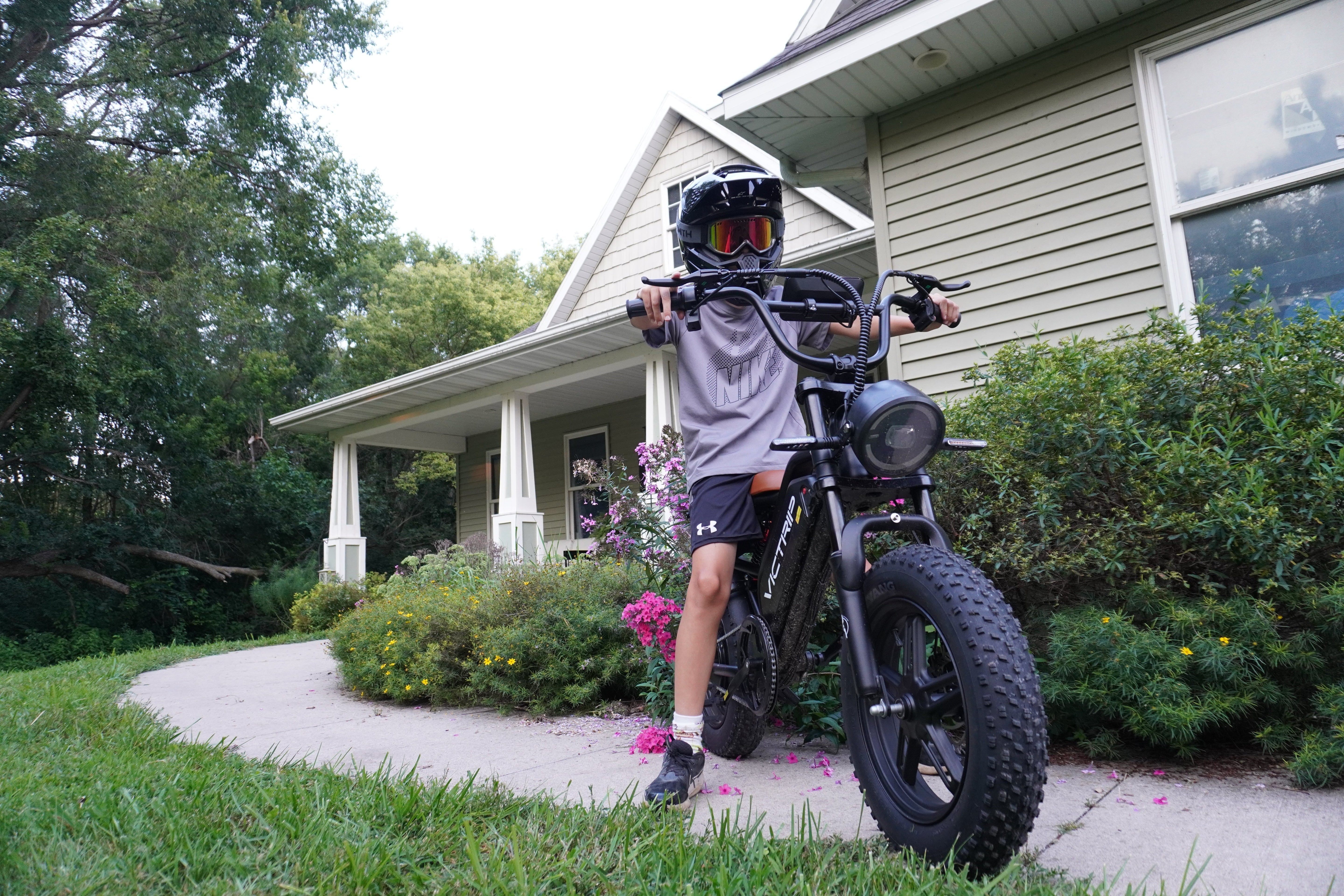
Older adults deserve safe, reliable mobility options that keep them active, independent, and confident. If you (or someone you care for) are wondering How to Choose the Best Electric Bike for Seniors?, this guide walks you—step by step—through what matters most: comfort, safety, ease of use, and long-term value. We'll cover practical checks you can perform during a test ride, explain technical terms in plain English, and give you a printable checklist to bring to the shop.
Why choose an electric bike for seniors?
Electric bikes (e-bikes) are transforming senior mobility because they combine familiar cycling mechanics with electrical assistance. That combination makes cycling far less strenuous and much more accessible.
Health & mobility benefits
E-bikes let seniors get cardiovascular exercise without overtaxing joints. Because the motor can assist while pedaling, riders can choose a gentle effort level and still travel farther. This low-impact activity helps maintain strength, balance, and heart health. Plus — and this matters — being mobile reduces isolation and supports independence.
Social, mental, and practical benefits
An e-bike gets you to coffee shops, parks, and appointments with minimal fuss. That social contact is crucial for mental health. Practically speaking, e-bikes can replace short car trips, save on fuel, and make errands quicker. They also encourage regular outdoor activity, which boosts mood and sleep.
Key questions to ask before you buy
Before you commit, spend a little time answering these basic questions. They’ll shape the specs you need.
Where will you ride? (commute, trails, neighborhood)
If you plan to ride mainly on flat, paved sidewalks and neighborhood streets, you’ll need a different bike than someone tackling hilly commutes or light gravel paths. Flat-city use favors simple hub motors; hilly terrain often calls for mid-drive motors and more durable brakes.
How far and how often will you ride?
Estimate typical trip distances. If most rides are under 10 miles round-trip, a battery rated for 300–400 Wh (watt-hours) should be fine. For longer daily rides, choose a larger capacity battery or a backup battery. Remember: manufacturer range figures are optimistic — real-world range depends on rider weight, terrain, wind, and assist level.
Frame and step-through vs. step-over designs
Frame design is one of the first comfort choices, particularly for older riders.
Step-through frames: pros and cons
Step-through frames let riders mount and dismount without lifting their leg high — huge for people with limited mobility, hip issues, or balance concerns. They’re typically lower and easier to handle when stopped. The trade-off: slightly different stiffness characteristics and sometimes marginally higher weight.
A great example of a senior-friendly design is the VICTRIP TITAN S, which combines a sturdy step-through frame with balanced weight distribution. Its geometry makes getting on and off much safer for seniors while still offering stability on longer rides.

Frame materials and weight considerations
Aluminum frames are common — they’re light and rust-resistant. Steel is heavier but forgiving and durable. Carbon fiber exists but is rare and pricey for e-bikes. Lighter bikes are easier to maneuver off the saddle, but remember that battery and motor add weight no matter the frame material.
Motor types and placement (hub vs. mid-drive)
Understanding motor placement will help you match performance to needs.
Hub motors
Hub motors sit in the wheel (front or rear). They’re generally affordable, simple, and smooth for flat roads. They can struggle on steep hills and may offer less natural pedal feel.
Mid-drive motors
Mid-drive motors sit at the crank and work through the bike’s gears. They deliver better torque for hills, feel more like regular biking, and are easier to maintain in terms of balance and weight distribution — making them a great option for diverse terrain.
For seniors who live in hilly areas, the VICTRIP R5s is worth considering. With its reliable motor system and supportive pedal-assist levels, it offers smooth climbing ability without overexertion — an essential feature for older riders who still want the freedom to tackle varied routes.
TOP PICK

VICTRIP®R5 Folding Electric Bike
Battery capacity, range and charging
Battery choices determine how far you can comfortably ride.
How to read battery specs
Look at watt-hours (Wh). A 400 Wh battery stores more energy than a 300 Wh battery. Voltage and amp-hours also appear, but Wh is the simplest single metric for comparing range. Real-world range will vary, so treat manufacturer claims as a best-case scenario.
Extending battery life
Charge after rides, avoid full overnight storage at 100% for long periods, and store batteries in cool conditions. If a long ride is planned, bring a charger or choose removable batteries you can swap or charge indoors.
Brakes, tires, suspension, and comfort features
Older riders benefit from safety features that reduce risk and increase confidence.
Braking systems: rim vs. hydraulic disc
Hydraulic disc brakes are the gold standard — they give powerful, reliable stopping that’s less affected by rain. Mechanical disc brakes are a step down but still effective. Rim brakes are cheaper but can be less reliable in wet conditions.
Tires and suspension for older riders
Wider tires (1.75–2.3") give stability and absorb small bumps. Consider puncture-resistant tires. A front suspension fork or a suspension seatpost smooths the ride and reduces strain on the spine and hands.
Controls, displays, and ease of use
Simplicity matters — big buttons, clear displays, and predictable behavior.
Pedal-assist levels vs. throttle
Pedal-assist (PAS) amplifies your pedaling and is standard in many regions for safety and legal reasons. Throttles (like a motorcycle twist grip) let you go without pedaling — handy for quick starts but sometimes restricted by local regulations. For seniors, PAS with a low-setting plus an easy throttle backup can be ideal.
Look for displays with large fonts and straightforward menus. Intuitive controls reduce frustration and make the ride safer.
Read More: Pedal Assist Electric Bike vs Throttle: Which Is Right for You?
Safety gear and rider training
Hardware is one part of safety — rider preparation is another.
Wear a certified helmet, use bright clothing, and add lights and reflective tape. Mirrors and bell/horn systems improve situational awareness. Consider a basic skills session or a local e-bike class — many shops offer demo rides and coaching for new riders.
Recommended modifications for seniors
Small modifications like a wider saddle, handlebar risers, ergonomic grips, and a low step-through adapter make daily use more comfortable. Add a small basket or rack for carrying items to reduce strain.
Buying checklist
-
Frame type: step-through vs. step-over
-
Motor: hub vs. mid-drive (torque rating)
-
Battery: Wh rating, removable?
-
Range: manufacturer claim vs. expected real-world range
-
Brakes: hydraulic disc preferred
-
Tires: width and puncture protection
-
Suspension: front or seatpost?
-
Controls: display legibility, button size, throttle?
-
Comfort: saddle, grips, step-over height
-
Safety: lights, reflectors, bell, mirror
-
Warranty: motor and battery coverage
Conclusion: Making a safe, confident choice
When the heart of the question is How to Choose the Best Electric Bike for Seniors?, the answer comes down to matching the bike to the rider’s physical needs, typical routes, and comfort priorities. Start with a step-through frame if mounting is a concern, prioritize reliable brakes and a battery that covers your daily needs, and always take a test ride. Buy from a reputable dealer that offers after-sales support and training. With the right choices, an e-bike becomes a life-enhancing tool—helping seniors stay active, connected, and independent.
FAQs
Are e-bikes safe for seniors?
Yes, with the right bike choice, proper safety gear, and training. Choose a step-through frame, good brakes, and keep speeds reasonable.
Do e-bikes require a special license?
In most places, low-speed pedal-assist e-bikes don’t require a license. Local rules vary, so check municipal and state regulations.
How long do e-bike batteries last?
Typical lithium-ion e-bike batteries last 3–6 years depending on care and cycle count. Proper charging and storage extend lifespan.
Can seniors ride e-bikes in bad weather?
Light rain is usually fine on modern e-bikes, but avoid deep puddles, and always dry and maintain the bike after wet rides. Use lights and high-visibility clothing.
Is a mid-drive motor better for seniors?
Mid-drive motors excel on hilly terrain and provide a more natural ride feel. For flat urban routes, a hub motor is often sufficient and more budget-friendly.




Share:
Comfort Meets Style: Choosing the Right Electric Cycle for Woman
Electric Tricycle Safety Tips Every Rider Should Follow